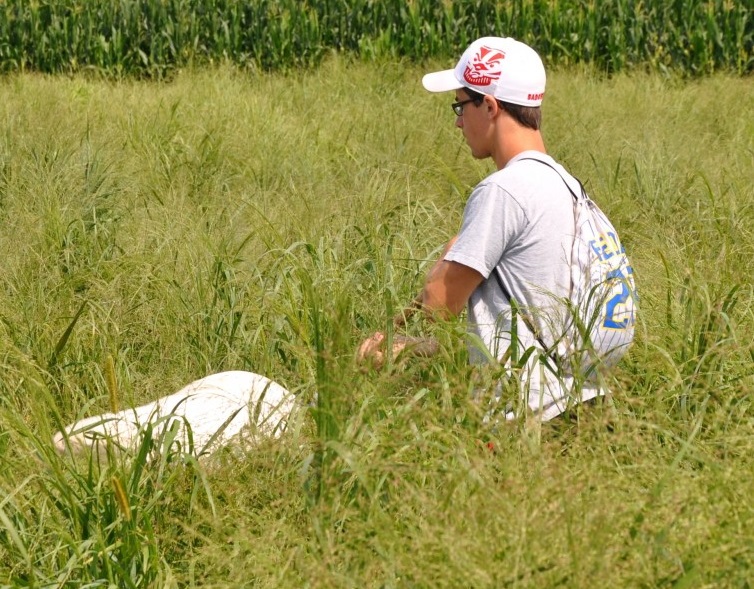
Perennial energy crops stimulate belowground fauna
Perennial energy crops and biodiversity could be beneficial for fauna in metal-contaminated soils, according to an article published in Biomass and Bioenergy Journal.
The article focuses on an arthropod called “Collembola” and comparisons between switchgrass, miscanthus, and wheat agroecosystems.
According to the authors, “To meet the EU production target (+10% by 2020) for renewable fuel, will require allocating vast quantities of agricultural land to growing bioenergy crops, in majority perennial nonedible grasses. At the same time, the world’s current arable acreage seems not to be sufficient to produce enough food to meet rising future demand. Consequently, a renewed interest in looking for areas degraded by human activities as possible sources for bioenergy crops establishment has emerged.
Agriculture for biomass energy can move into such abandoned land that does not have competing uses. For example, soils of contaminated agrosystems represent potential arable land surfaces for the production of non-alimentary crops, providing that such cropping systems do not lead to increased risks for the environment. In the case of contaminated agricultural soils, there remains a critical need for empirical data on the consequences of implementing new agro energy production systems on biodiversity conservation, especially on belowground fauna. “

Collembola hexapods in soil: In sheer numbers, they are reputed to be one of the most abundant of all macroscopic animals. It is estimated that 100,000 individuals per cubic meter of topsoil can be accounted on Earth in soil and related habitats.
The author hypothesized that biomass crop establishment on contaminated soils allows for belowground diversity to increase by modifying important niche parameters such as food availability and quality or microhabitat conditions. In this article, “soil collembolans have been shown to be sensitive to the establishment of bioenergy crops on polluted soils with a strong increase of abundance and diversity compared to annual wheat crops”. The identity of bioenergy crops is a critical factor. It drives the composition and structure of collembolan communities, which might have far-reaching consequences for microbial processes. Additionally, it would affect the dynamics of the reproduction of fungi and bacteria, including potential pathogens. Finally, on contaminated land, the inclusion of perennial bioenergy crops seems to have the potential to increase belowground.
Watch video here: https://www.youtube.com/watch?v=vpTHi7O66pI
Current monocultures and abandoned lands worldwide are sometimes subject to wrong measures and management by farmers and public organizations. Several studies confirm that managing grasslands and perennials can be beneficial to maximize productivity in the long term. This is consistent with increased biodiversity in the ecosystems.

